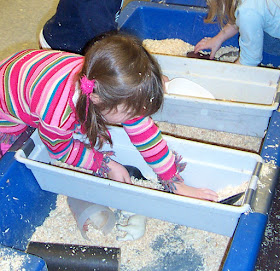I was lucky enough to take a trip to Vietnam in late October. I was there to visit a friend I have known for over 60 years. It was a very good visit and my friend and his wife were extremely gracious hosts. We spent a lot of time walking around the city of Hanoi. This year, my picture of the year was taken on a busy sidewalk in the downtown district of Hanoi, Vietnam.
Walking with my friends, we came upon a small child in a cardboard box. (Anyone who has followed this blog knows that I appreciate a good cardboard box.) She had taken off her sandals and climbed inside the box making herself quite at home.
Older children use boxes to create imaginary worlds. I think this child was too young to imagine the box as anything other than a container for her body. I say that because she wiggled around in the box playing with the flaps. It was as if she was measuring the inside of the box with her body. And the measurements varied as she manipulated the flaps.
(Is it any wonder that the cardboard box was inducted into Toy Hall of Fame in 2005? "The strength, light weight, and easy availability that make cardboard boxes successful with industry have made them endlessly adaptable by children for creative play.")
In a way, the box served as a refuge for the child because all the people passing by had to walk around the child without disturbing her play. However, this young child appropriated the box in a way that became more than a refuge. It was an apparatus that she explored and manipulated to her heart's content. It was a toy in the true sense of the word. I would even go so far as to say it was more than a toy. For this child, it became an entire playground on a busy sidewalk.
With that, I give you my classroom picture of the year for 2017: a beautiful child in a cardboard box on a busy sidewalk in downtown Hanoi, Vietnam.
Happy New Year!




















